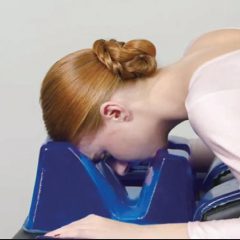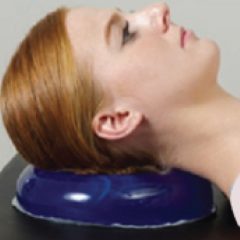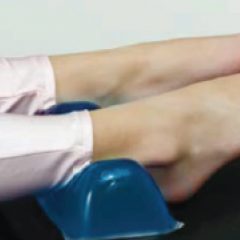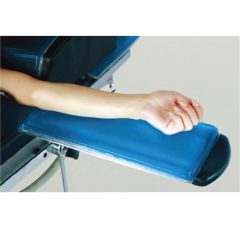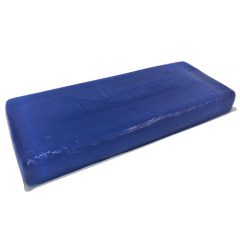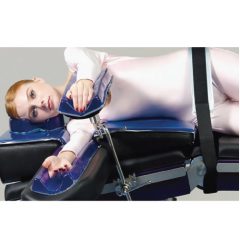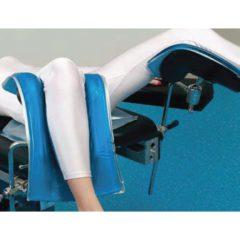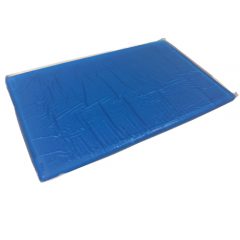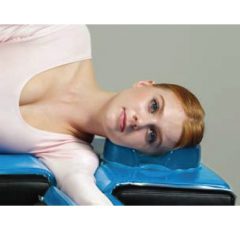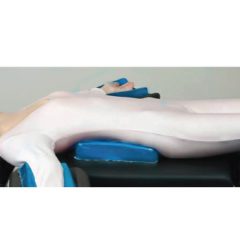Patient Positioning in Surgery
Positioning the patient during a surgical procedure is important for both the surgeon and patient. Unsafe or improper positioning can lead to an in-effective procedure.
Patient positioning depends on the length and type of surgical procedure. It allows the surgeon to gain access to the surgical site as well as enable the Anaesthetist to gain access to the patient to administer the anaesthetic and maintain the patient’s airways and circulation.
The patient can be placed by theatre personnel in position, to reduce any potential nerve damage and pressure sores or ulcers. Placing the patient on gel or foam pads and mats whilst on the operating table can reduce these risks.
Different Patient Positions
Supine Positioning
Supine positioning is when the patient is placed lying facing up. The patient’s arms are tucked at their sides using a sheet or straps, and can be secured with arm guards to the sides of the operating table.
The risks involved in this position are potential pressure ulcers and nerve damage on the back or head. Extra pressure is applied on the skin and bony areas over the back of the head, shoulder blade, elbows, tailbone, spine, coccyx and heels.
This is on of the most common positions, and include procedures such as intracranial, cardiac, abdominal, vascular, laparoscopic, ENT, neck and face.
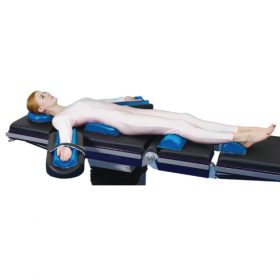
Prone Positioning
Prone positioning is when the patient is placed lying facing downwards. The patient’s arms are tucked at their sides using a sheet or straps, and can be secured with arm guards to the sides of the operating table. The patient’s head should be kept in a neutral position without excessive flexion or rotation.
The risks involved in this position are potential abdominal pressures, bleeding, compartment syndrome, nerve injuries, cardiovascular issues, eye trauma, and venous air embolism leading to potential cardiac arrest.
The most common procedures in which this position is used are for spine surgery, neck surgery, neurosurgery, colorectal and vascular
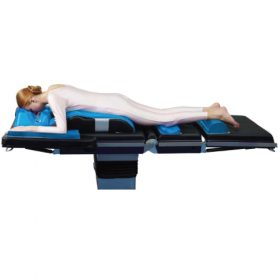
Lateral Positioning
Lateral positioning is when the patient is placed lying on their side (left or right). Patient must be secured to prevent rolling.
The risks involved in this position include pressure to points on the side of the body the patient is lying on including their ears, shoulders, ribs, hips, knees and ankles, venous pooling, diminished lung capacity and DVT.
The most common procedures in which this position is used are for back surgery, colorectal, kidney, neurosurgery, orthopaedic procedures such as hip, thoracic and ENT surgeries
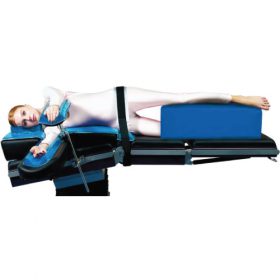
Lithotomy Positioning
Lithotomy positioning is when the patient is placed lying on their back with legs raised in line with shoulders. The feet are placed in stirrups or a leg support.
The risks involved in this position include fractures, nerve injuries, hip dislocation, muscle injuries, pressure injuries, and diminished lung capacity.
The most common procedures in which this position is used are for gynaecology, urology, colorectal and pelvis procedures.
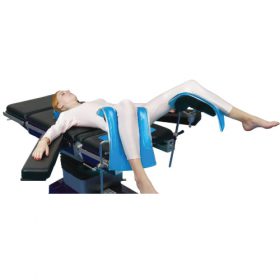
Trendelenburg Positioning
Trendelenburg positioning is when the patient is placed lying on their back, with the operating table on an angle (head up) or head down (reverse). It is important that the patient is secured to the table to avoid sliding.
The risks involved in this position include falling, diminished lung capacity, venous pooling toward the patient’s head, pressure sores and ulcers.
The most common procedures in which this position is used are for abdominal, colorectal, gynecology, laparoscopic, general surgery (gallbladder, stomach), head and neck surgery
Patient Positioning Products
Using patient positioning products in conjunction with the operating table can assists in reducing patient pressure and avoiding the risk of bed sores and nerve injury. Different patient pads and mats can be used on various parts of the body and in different positions.



